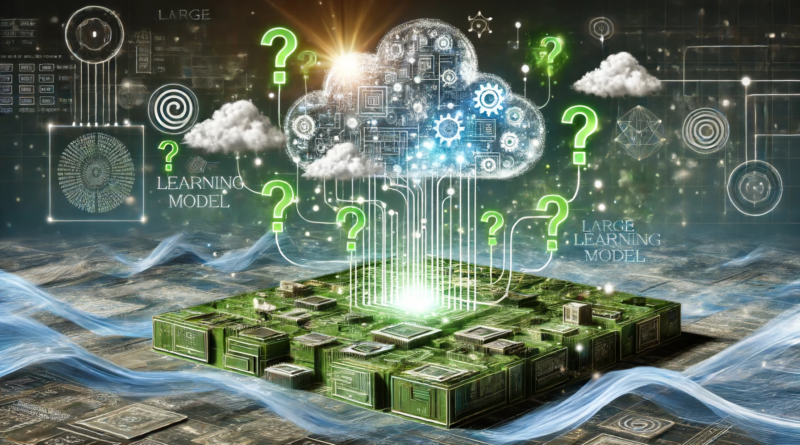$52 Million for Small Business Research & Development Grants
229 Grants Will Primarily Focus on Clean Energy Research and Development in 39 States In support of President Biden’s Investing in America agenda, the U.S. Department of Energy (DOE) yesterday announced awards totaling $52 million for a broad range of small businesses in 39 states. The projects will work to … [continued]









